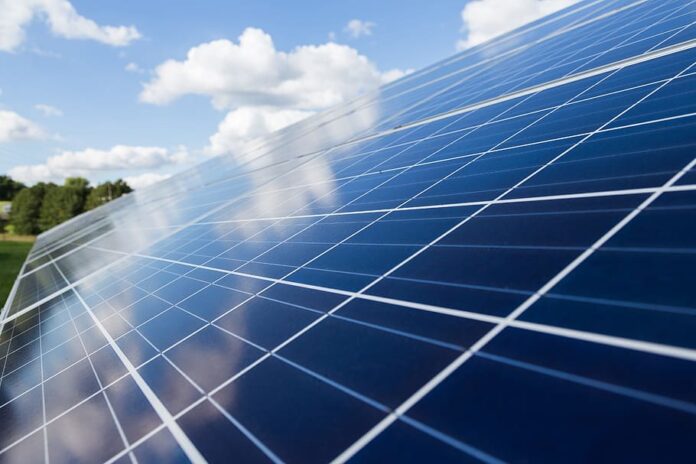This week, Chinese solar module makers JinkoSolar and Trina Solar issued white papers demonstrating that their TOPCon panel technology outperform back-contact (BC) module technologies in terms of power yield.
In their case study, JinkoSolar stated that testing took done in its Kagoshima, Japan, factory from September 12 to October 11, with the results validated by Germany’s TÜV Nord.
“The TOPCon product showed an average energy yield of 2.22% and up to 6.95% higher than its p-type back-contact counterpart,” according to a company release. “In recent months, the solar industry has questioned the technological approach of xBC technologies. Because the device lacks a grid line on the front, the producers guaranteed increased rated power and front-side efficiency. And when they find their way into pilot projects, we’ll be able to assess how these claims hold up in the field under different climatic circumstances.”
The test included three modules: a 575 W dual-glass n-type TOPCon module from JinkoSolar, a 580 W dual-glass p-type back-contact (BC) module, and a 605 W single-glass n-type BC module. The identities of the two BC module manufacturers were not revealed. All modules were mounted at a 20-degree tilt angle, 1 meter above the ground.
Using a CR1000X system, JinkoSolar’s specialists discovered that the TOPCon module produced 136.86 kWh/kW, the p-type BC produced 133.87 kWh/kW, and the n-type BC produced 129.98 kWh/kW.
“When normalized based on each module power rating, the module achieved a yield 2.22% higher than p-type BC and 5.29% higher than n-type BC,” according to JinkoSolar. This was due to its higher bifaciality and lower temperature coefficient. “During the period, TOPCon modules’ energy yield consistently remained 2% to 3% higher than that of p-type BC modules and 5% to 6% higher than that of n-type BC modules, both on sunny and cloudy days.”
Of the three products, the TOPCon module is said to have attained the greatest performance ratio.
The white paper states that TÜV Nord recorded a 94.19% performance ratio for the TOPCon module, with the other two somewhat lagging at 91.99% for p-type BC and 89.29% for n-type BC.
According to a different analysis from Trina Solar, TOPCon modules outperform XBC modules in terms of power output on average by 3.15% per watt, with a relative monthly increase of up to 3.4%.
From July 16 to September 10, the business measured at its testing field in Changzhou, Jiangsu province, China. It evaluated the performance of its TOPCon Vertex N 600 W bifacial dual-glass modules against that of a supplier’s 620 W bifacial dual-glass TBC modules.
The panels were installed 0.5 meters above the ground at a 23-degree tilt angle on cement ground with around 30% reflectivity. Data on power generation were gathered using an IV-tracker.
“An examination of power generation data at various times of the day revealed that TOPCon modules were significantly superior in low-irradiance conditions, such as early morning and late evening,” according to Trina Solar. “TOPCon outperformed TBC in power generation per watt from 7 to 8 a.m., and from 5 to 7 p.m., the relative gain was 8.3% to 8.4%. This outcome is consistent with past field testing that shown that in low-irradiance situations, TOPCon modules perform around 5% better than back contact technology.
Additionally, the business claimed that TOPCon’s “superior” power output is mostly due to its increased bifaciality. Because of their bifaciality, “TOPCon modules demonstrate a 2.6% power generation advantage over TBC modules, even at midday, when sunlight is strongest,” the report stated. “These results are in line with the National Center of Inspection on Solar Photovoltaic Products Quality and the National Photovoltaic and Energy Storage Experimental Platform.”





